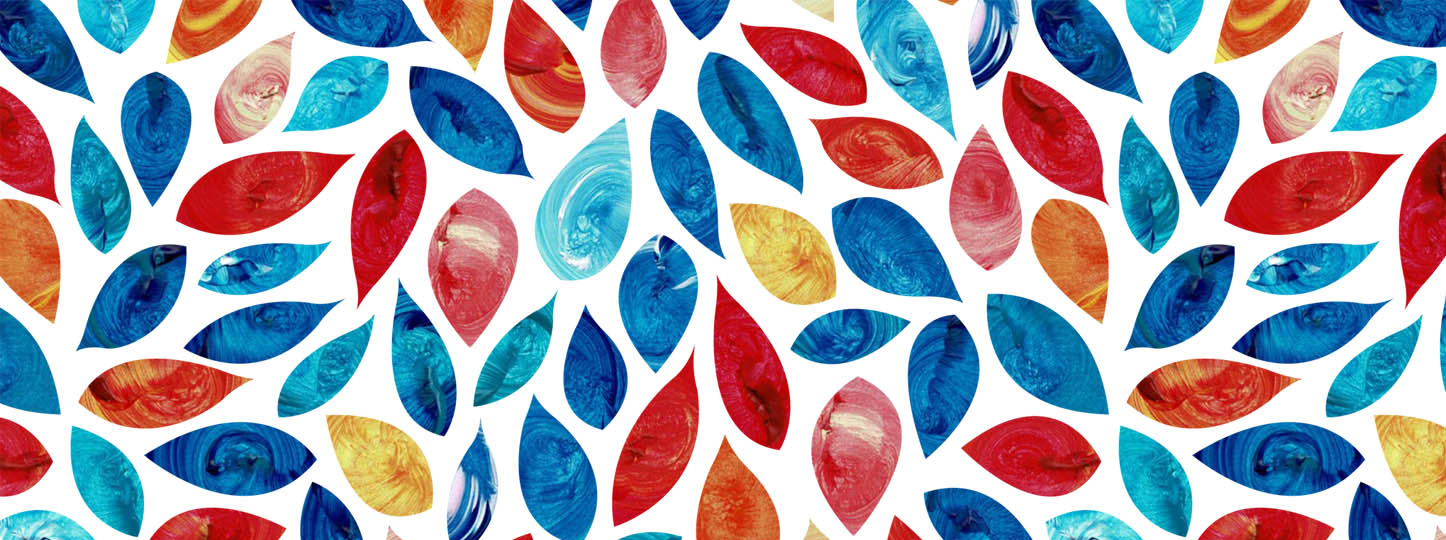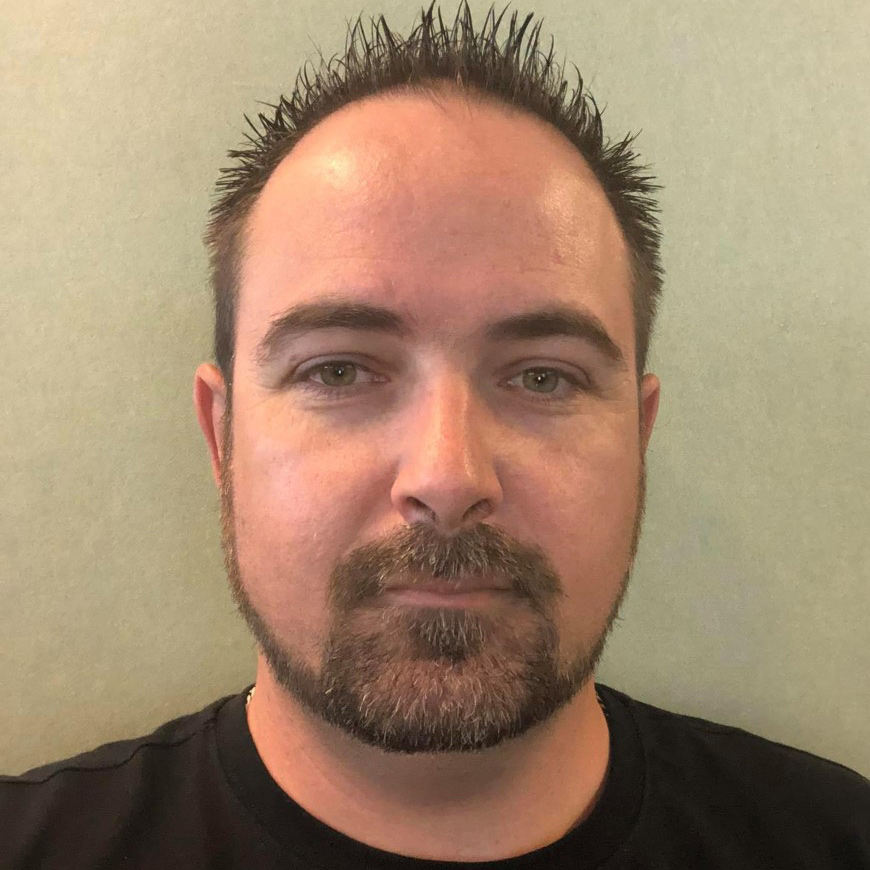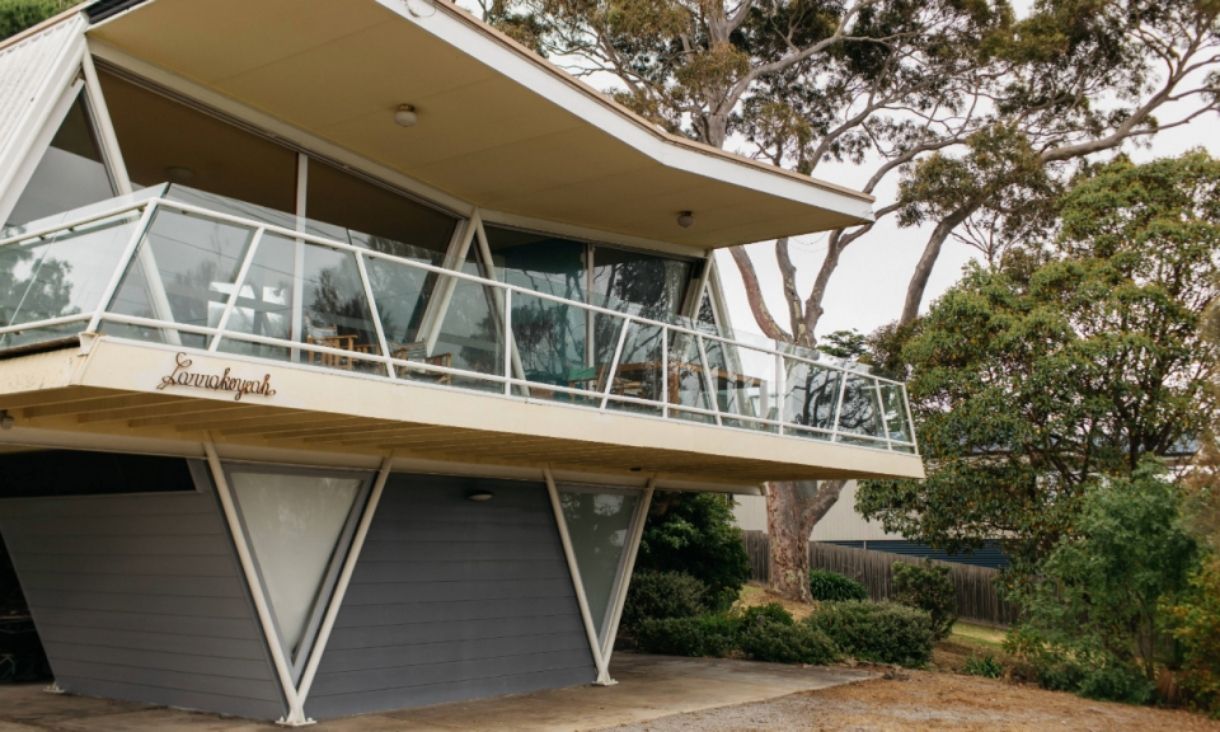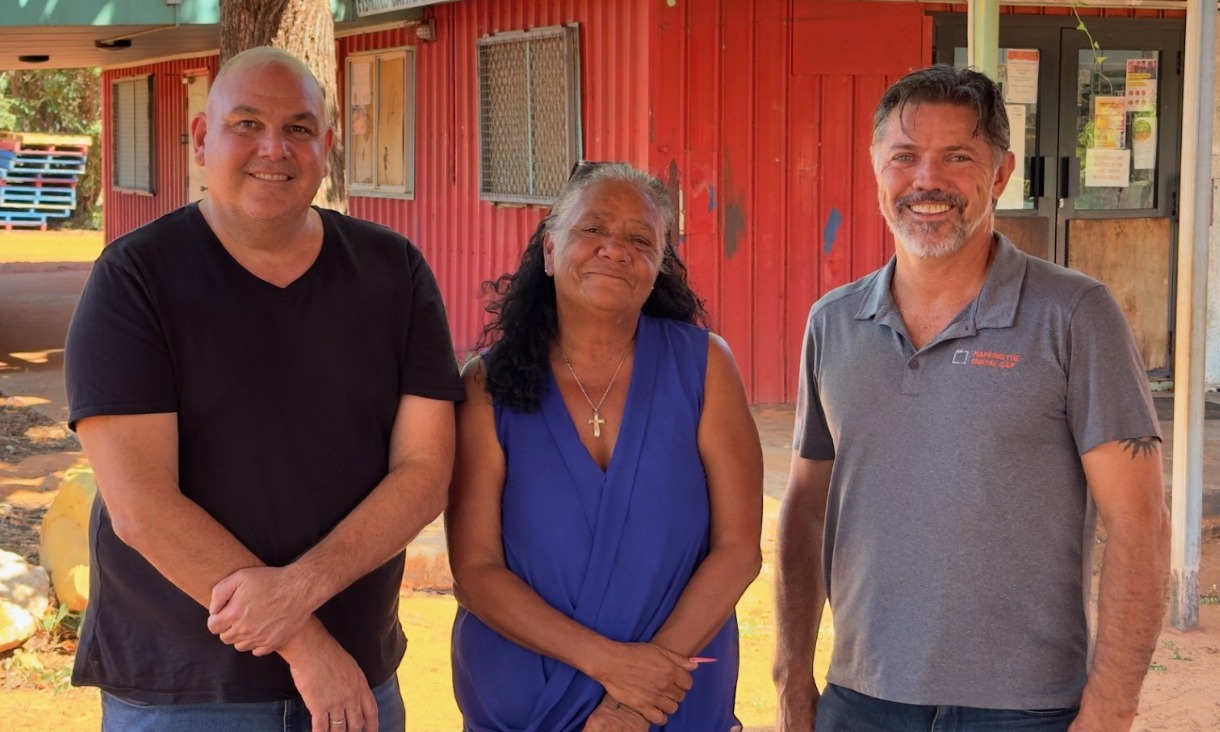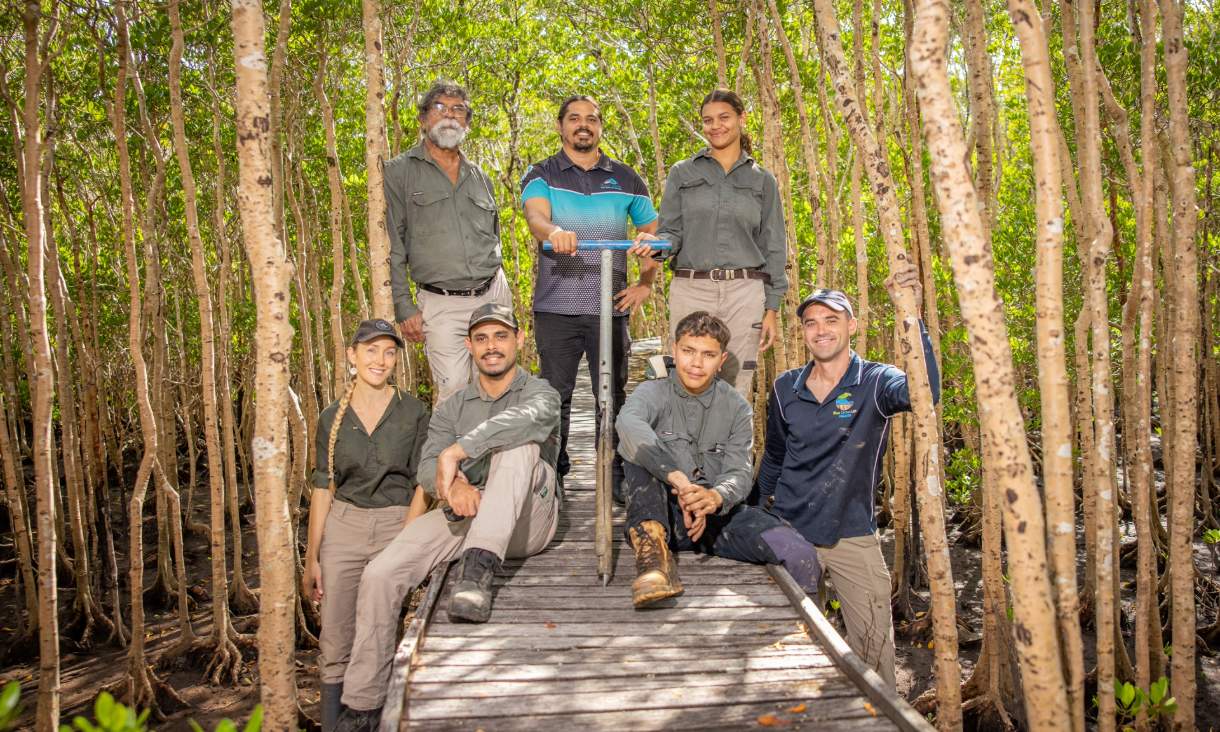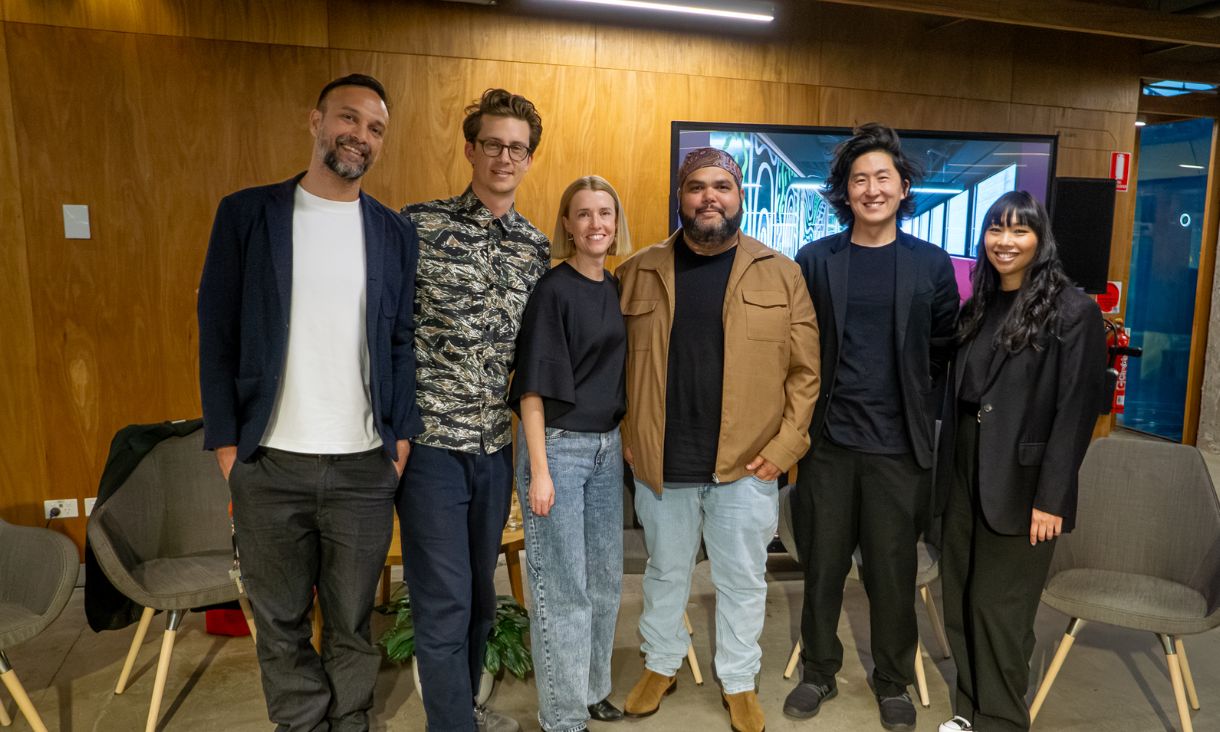McCraith House Creative Residency Program wraps up a vibrant year of artistic experimentation and collaboration
RMIT’s College of Design and Social Context celebrates a year of creative residencies across literature, design, music, and performance.
First Nations Australians twice as likely to be digitally excluded
First Nations Australians are twice as likely as other Australians to be digitally excluded and face barriers to accessing, affording and using the internet. For those living in remote Australia, the barriers are much greater.
Cairns Airport mangrove study sets new standard for Indigenous-led research on country
A new study highlights how Indigenous leadership, science and business can unite to protect coastal ecosystems while building long-term environmental and cultural knowledge.
Solid Yarns: new podcast showcases First Nations leadership in design
A new podcast series, Solid Yarns - co-produced by Solid Lines (Australia's first Indigenous-led illustration agency) and RMIT University - explores how First Nations artists and industry leaders are reshaping the future of design in Australia.
